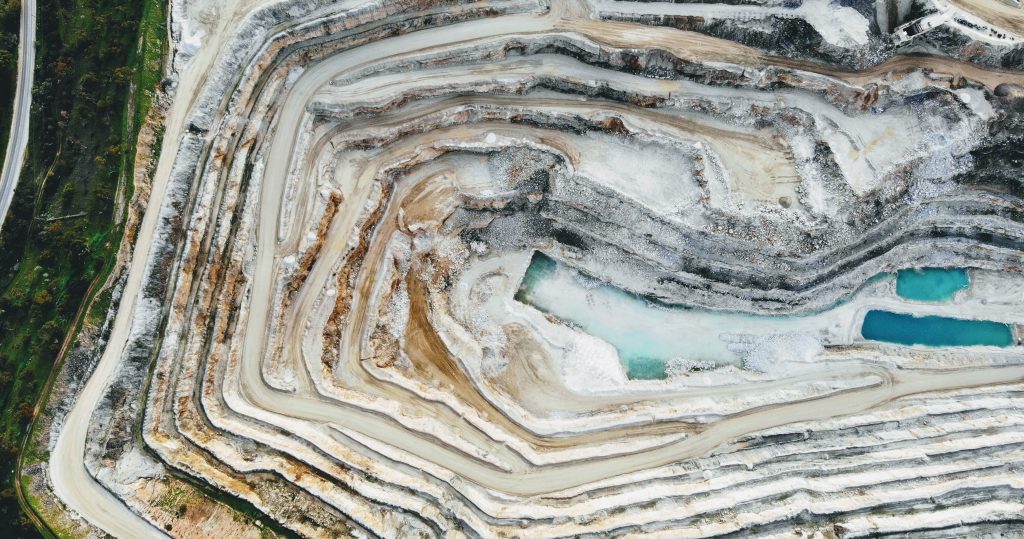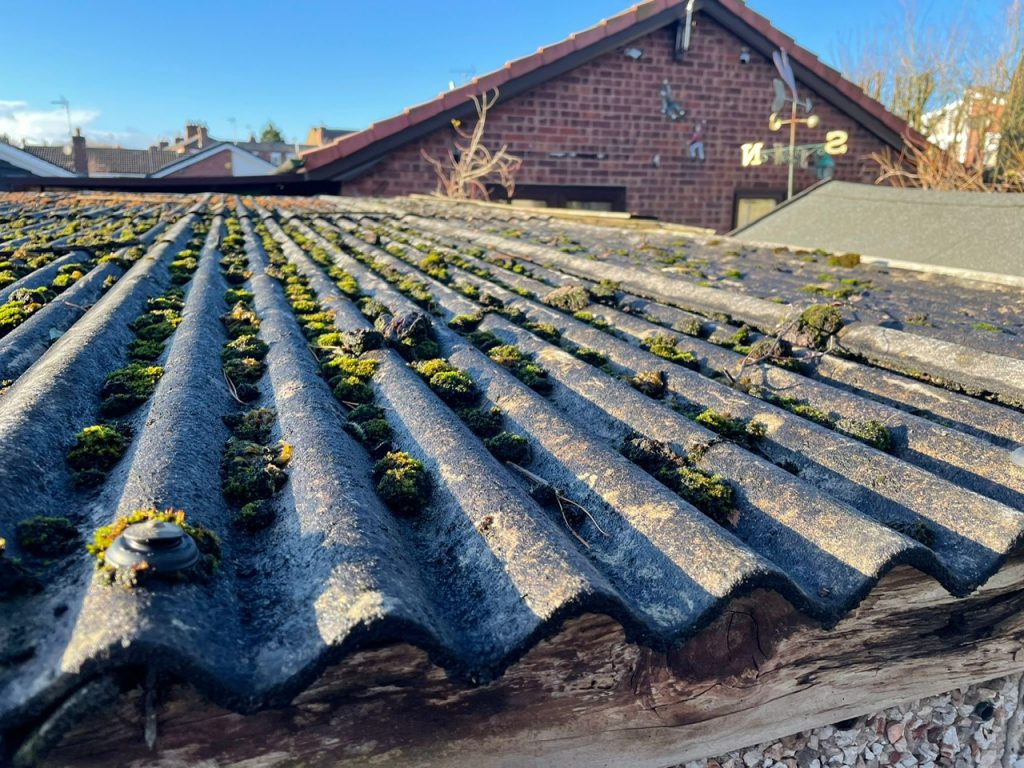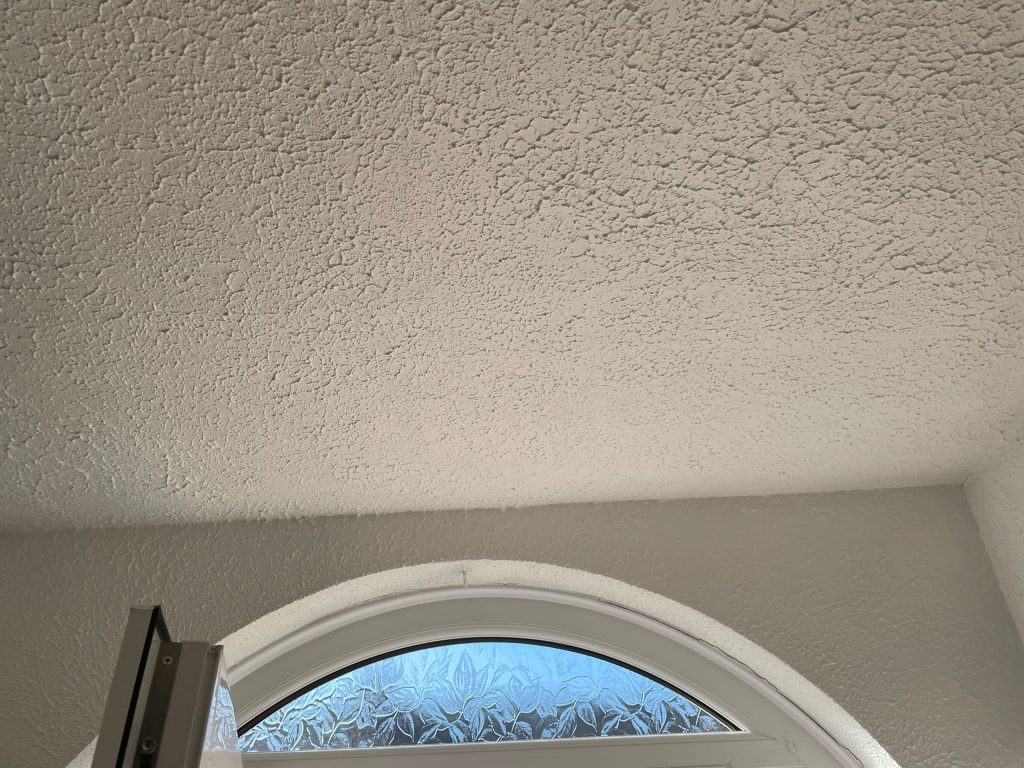Asbestos is a general term used for six types of naturally occurring fibrous minerals that have crystallised to form fibres.
The fibres are formed by the faulting and fracturing of rocks with increased temperatures, pressures and the presence of water
There are two mineral groups of asbestos:
- Serpentine
- Amphibole
Asbestos is a hazardous material that despite being banned for most uses, can still be found in many older properties. When looking for asbestos it can be hard to find as its fibres are microscopic and can’t be seen with the naked eye. This makes it dangerous when disturbed, as tiny fibres can become airborne and, if inhaled, lead to serious health problems like asbestosis, mesothelioma, and lung cancer.
Serpentine Asbestos
Serpentine asbestos was the most commonly used type, being Chrysotile (White Asbestos) has soft flexible fibres which are less hazardous than amphibole type.
Amphibole Asbestos
Amphibole Asbestos (Blue: Crocidolite and Brown: Amosite) are brittle, needle-like fibres/
Also, less common amphibole asbestos types are Tremolite, Actinolite and Anthophyllite. Amphibole asbestos is a lot more hazardous than serpentine asbestos.

What are the Different Types of Asbestos?
As mentioned there are two mineral families of asbestos which are Serpentine and Amphibole. However each has different characteristics and uses:
Chrysotile (White Asbestos)
Mineral Family: Serpentine
Colour: White
Common Uses: Chrysotile is the most commonly used and is normally found in cement products such as roofing sheets, pipes but can also be found in floor tiles, and thermoplastics. Another way this was used was in the production of textiles and gaskets.
Risks: Although considered less dangerous than other types, Chrysotile asbestos is still hazardous and can cause health issues if disturbed.
Amosite (Brown Asbestos)
Mineral Family: Amphibole
Colour: Brown
Common Uses: Amosite is commonly found in thermal insulation products such as ceiling tiles, fire protection materials, and sprayed coatings. It was often used in insulation boards, which were applied to walls and ceilings.
Risks: Amosite is more dangerous than Chrysotile due to its needle-like fibres, which can easily be inhaled.
Crocidolite (Blue Asbestos)
Mineral Family: Amphibole
Colour: Blue
Common Uses: Crocidolite was used in insulation products, including pipe lagging, sprayed coatings, and cement. It is also commonly found in some older loft insulation.
Risks: Crocidolite is considered the most dangerous type of asbestos due to its very fine and sharp fibres, which pose a greater risk of causing severe health problems.
Other Types of Asbestos
While Chrysotile, Amosite, and Crocidolite are the most common types found in buildings, there are other less frequently used types, such as Tremolite, Actinolite, and Anthophyllite. These are typically found in older materials, and it’s unlikely you will come across them unless you’re dealing with very old construction or materials.
Tremolite Asbestos
Mineral Family: Amphibole
Colour: Typically white, but can also appear green, grey or brown depending on impurities
Common Uses: Tremolite was not used commercially on its own but can be found as a contaminant in other minerals such as talc, vermiculite, and even in some Chrysotile products.
Risks: Tremolite fibres are sharp and needle-like, making them highly hazardous if inhaled. Despite its limited use, its presence as a contaminant makes it a concern in certain household products and building materials.
Actinolite Asbestos
Mineral Family: Amphibole
Colour: Dark green or brown
Common Uses: Like Tremolite, Actinolite was rarely used on its own. It has been found as a contaminant in other materials, including insulation and cement.
Risks: Actinolite fibres are easily inhaled if disturbed. Although its use was limited, it poses similar health risks to more common types of asbestos.
Anthophyllite Asbestos
Mineral Family: Amphibole
Colour: Grey, greenish or brown
Common Uses: Occasionally used in composite flooring materials and insulation, and can also occur as a contaminant in other minerals.
Risks: Though not as widely used, Anthophyllite still presents a health risk when fibres are released into the air, especially during renovation or demolition works.
Check out our guide on what asbestos looks like so you can make sure you are looking in the right place.
Where is Asbestos mined?
Asbestos is present practically all over the world. Mining of asbestos started in the 1870s in Canada for Industrial purposes. Countries such as Russia, South Africa, Italy and the USA soon followed suit.
However, asbestos was used many years before industrial mining took place. Dating back to the 1600s the word “asbestos” derives from the ancient Greeks meaning “unquenchable” or “inextinguishable”
SHOCKING FACT
Although the import and use of asbestos is banned in the UK and many other countries, Asbestos is STILL being minded today in countries such as Russia, China and Brazil!
Why was Asbestos banned?
Asbestos was fully banned in the UK in 1999. The ban came into force because of the identified fatal health issues is causes.
Asbestos fibres are microscopic, therefore when released into the air (through disturbance), they can be easily inhaled.
When asbestos fibres are inhaled they become lodged into the lungs The body tries to remove the foreign object from the lungs and as a result, this causes tears and damage.
The damage caused by tears as well as scar tissue (from the body’s healing process), causes the development of several asbestos-related diseases.
Asbestos diseases do not sow quickly, they develop over many years after initial exposure and do not normally cause symptoms until the disease has heavily developed.

Why was Asbestos used?
Even though we now know asbestos is a deadly material, many years ago it was considered an amazing discovery – especially when used in building materials.
Asbestos has several properties which were a benefit for building materials including :
- Cheap!
- Fire Protection
- Strong
- Chemical, Water and Electricity Resistant
- Heat Insulation
With asbestos having so many benefits, this “wonder” product was used everywhere! Even in toilet seats!
Thousands of houses and buildings today still contain asbestos, which is why it is so important to have it identified before carrying out renovation/maintenance work.
Asbestos in the natural environment
Asbestos fibres can be swallowed in very small amounts if it has entered soil or drinking water. Natural sources can cause asbestos (such as cement products) to erode and enter the watercourse or soil. There is no evidence that the ingestion (swallowing) of asbestos fibres is hazardous to health

Common products containing Asbestos
Before asbestos was fully banned in 1999 in the UK, it was used in various building materials. These include use in domestic homes as well as commercial and industrial buildings.
Types of products which contain asbestos:
- Cement products (Roofing, Pipes, Guttering, water tanks)
- Insulation Boarding
- Textured Coating (Artex)
- Floor Tiles and Adhesive
- Loft insulation (Loose Fill)
- Pipe Lagging
This is not a full list, but you can check out our article which details more asbestos-containing materials and what asbestos looks like here
Summary
- Asbestos is a naturally occurring mineral – NOT man-made
- Asbestos was banned from import into the UK in 1999
- Various products were made using asbestos
- Asbestos is still being mined today in Russia & China
- Asbestos-related diseases take between 15-40 years to develop after initial exposure
- You must find out if your property contains asbestos before any renovation and maintenance work is carried out on it
Need some advice about Asbestos waste?
Call us on 01623 272 611 and we'll be happy to help
